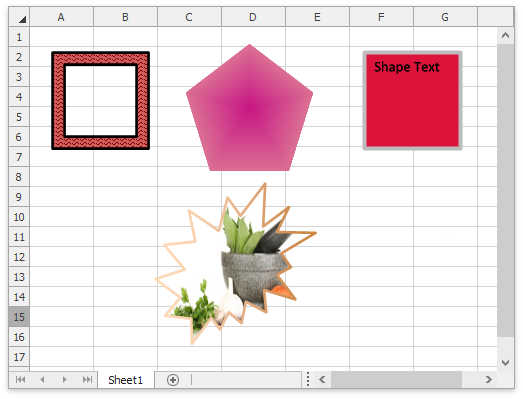

'add entities to the exportObjSet selectionset ReDim Preserve entityarray(ExportCounter) As AcadEntity 'make sure the exportObjSet is cleared each timeĪte a selection set of solids in the group
Acadblockreference explode vb.net code#
'this auto code makes groups based on everything in the drawing GroupArray(GroupArra圜ounter) = MyGroupData ReDim Preserve GroupArray(GroupArra圜ounter) 'create a list of all groups in the selectionset as an array MyGroupData = UCase(getXdataInformation2(Ent.Handle, "EB1", thisdrawing)) 'so make a list of only need groups and pass that in 'i need to get the groups of only the selected parts 'explode all groups and make a new one on eb1 Thisdrawing.SelectionSets("EXPORTSET").Delete Set thisdrawing = AutoCAD_Application.ActiveDocument Public Sub WallLayoutc(AcadApp As AcadApplication) Some variables are public or globally defined, so you will have to create those so there are available for storage by their type. It will automatically clear the grouping in autocad, create a new set of grouped objects based on their attacked xdata, export each assembly to their own drawing file, reopen each exported assembly of solids in their respective drawings, create a paperspace layout, insert a title block, fill out the title block with the necessary info, create a viewport of the assembly, and automatically dimension the assembly in modelspace on top of the paperspace viewport, print the page to a *.plt file, and after finished with all of the assemblies pop up a window to review each and every auto-generated and dimensioned drawing for the user to confirm everything is correct or add additional dims or notes. I would then repeat the process for SALES.
Acadblockreference explode vb.net update#
I would then type eng and do a dimension update on all of the dimensions and then add or delete dimensions as needed. Next I would do a change property, previous, layer, eng. I would then copy all of the dimensions on top of themselves. When a part drawing was being created I would do one format first, for example SHOP. If I wanted to look at, print or edit a sales drawing all I had to do was open the part drawing, type sales, and I was all set. The commands eng and sales worked the same way. When one typed shop at the command line the SHOP layer was thawed and set current, the ENG and SALES layers frozen and the dimension format set to the SHOP format. I wrote three Lisp functions to control all of this and placed them in the Acad.lsp file so that they were always available as command line commands. The Sales layer had only what drawing details and dimensions that the customer would need. The dimensions on the Sales layer were fractional and a fairly large text height.

This layer could have drawing details and dimensions not included on the SHOP layer. The dimensions on the ENG layer were to four places and a little smaller text height. The dimensions were decimal to three places and a medium text height. On the SHOP layer were all of the dimensions necessary to manufacture the part. The three different formats and layers were SHOP, ENG, and SALES. Where I once worked, each part drawing had three different dimension formats with each format on a different layer.


 0 kommentar(er)
0 kommentar(er)
